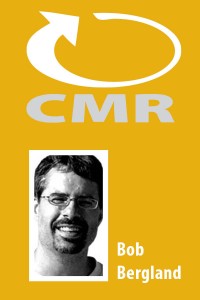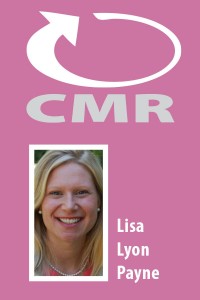Print is dead. Long live print!
The decision by the CMA Board to move College Media Review to an online-only publication in 2011 was a difficult one. As with the publications we advise that are moving to online-first or online-only models, the combination of cost factors and the ability to serve readers with a more timely, converged distribution model weighed into the decision.
 Thanks to the efforts of Associate Editor Lillian Lodge Kopenhaver, Managing Editor Debbie Landis and Webmaster Bill Neville, the change in distribution method has not resulted in a drop off in quality. As evidenced by the many fine topical articles and an excellent, Nordin award-winning research article by Holly-Katharine Johnson in this edition, the journal continues to provide very useful and informative pieces.
Thanks to the efforts of Associate Editor Lillian Lodge Kopenhaver, Managing Editor Debbie Landis and Webmaster Bill Neville, the change in distribution method has not resulted in a drop off in quality. As evidenced by the many fine topical articles and an excellent, Nordin award-winning research article by Holly-Katharine Johnson in this edition, the journal continues to provide very useful and informative pieces.
But, the online-only model does have the potential to have a negative influence on college media research, a concern raised by both readers and contributors. With some administrators and promotion/tenure review committees discounting research published in online journals, it’s understandable that some authors—even CMA members—would choose to first submit their college media research to print journals instead of CMR.
Continue reading “Editor’s note: Print still lives; Nordin Award modified”
